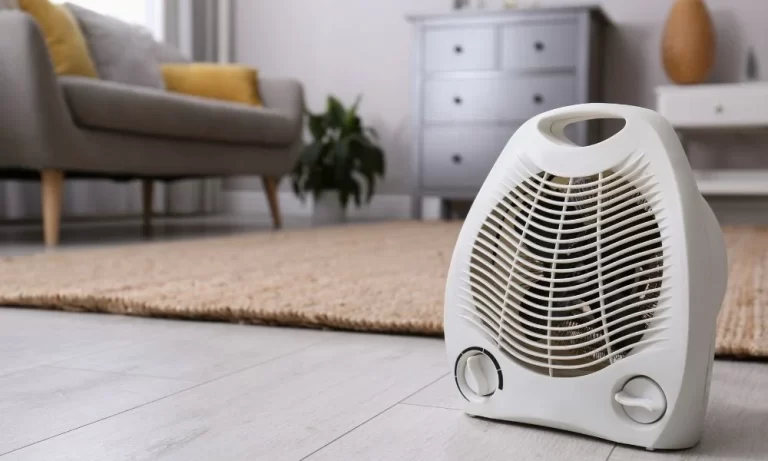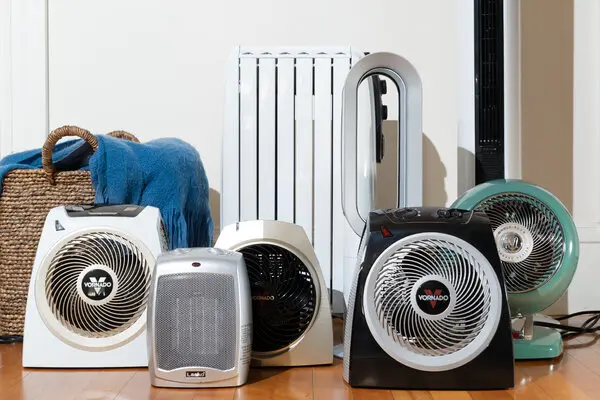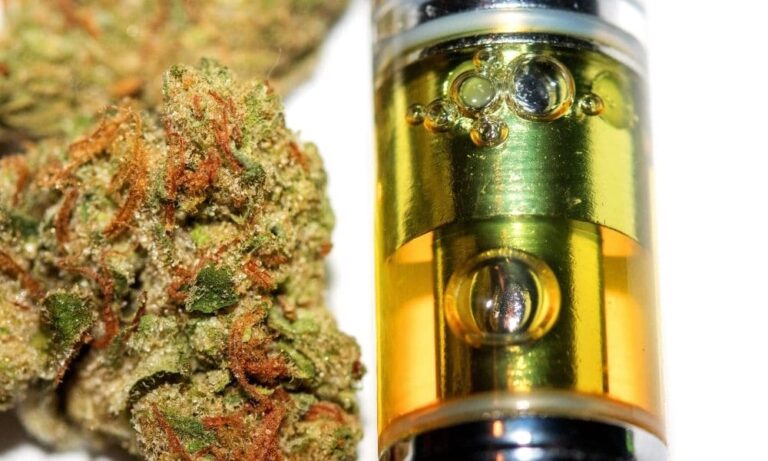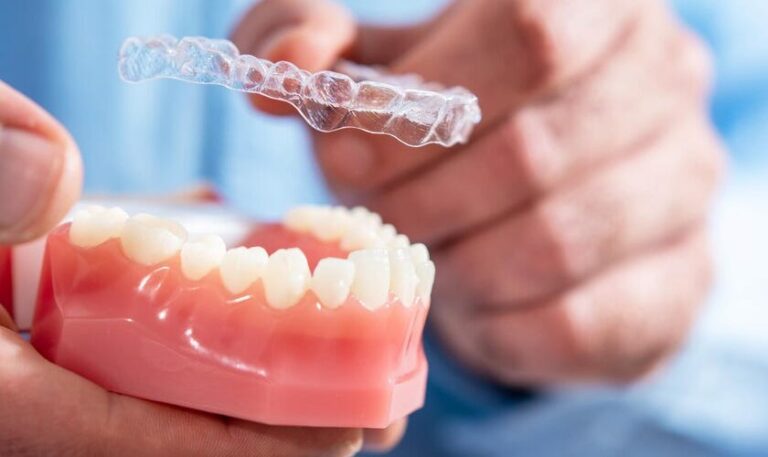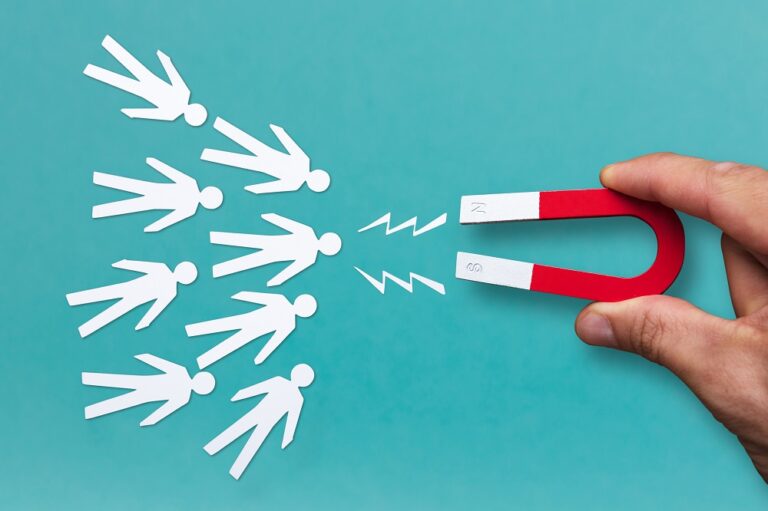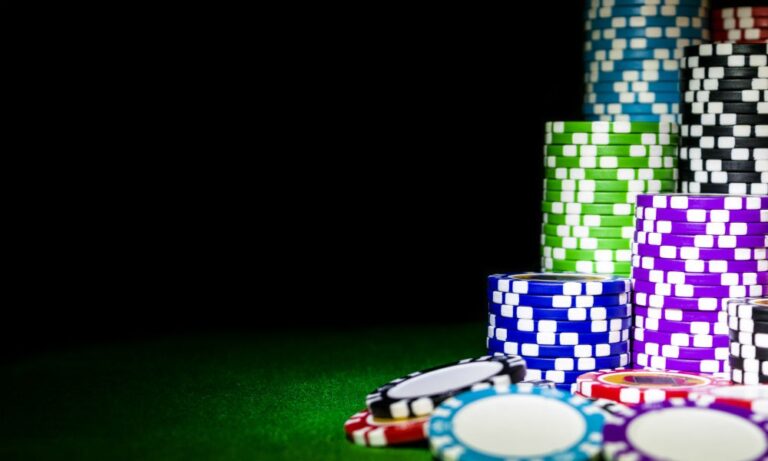Cannabis enthusiasts are becoming increasingly interested in THCa flower, a non-psychoactive option that offers potential therapeutic benefits without the intoxicating effects of THC. THCa flower refers to raw cannabis that has not undergone decarboxylation (a process that activates THC), meaning it contains tetrahydrocannabinolic acid (THCa), the precursor to THC. It is what is considered THC before decarboxylation but will not result in the high due to THC until it has first gone through the activation process.
In this article, we’ll explore how to use THCa flower, its benefits, and some practical tips for incorporating it into your wellness routine. Whether you’re a beginner using THCa for the first time or a frequent user, here is a quick guide on fully recognizing how to capitalize on this unique cannabis product.
What Is THCa Flower?
THCa flower is simply cannabis in its raw form, containing high levels of THCa but low levels of THC. When heated, such as through smoking or vaping, THCa undergoes decarboxylation and transforms into THC, which is psychoactive. Since THCa flower is not heated, it remains non-psychoactive and is more suitable for those seeking therapeutic effects without the risk of getting “high.”
Unlike other types of cannabis with significant THC content, THCa flower can be directly ingested in the raw form for many applications. Its benefits range from helping with inflammation to better sleeping, mood elevation, and much more.
How to Use THCa Flower
Depending on preferences and desired effect, there are a few common ways to smoke THCa flower. Here are the most common methods:
1. Smoking or Vaping
While THCa flower is non-psychoactive in its raw form, smoking or vaping it will activate its THC content due to decarboxylation. However, some people still choose to smoke or vape THCa flower for its therapeutic effects while enjoying a more controlled and milder experience than typical THC-rich strains.
- Smoking: If you choose to smoke THCa flower, you can roll it into joints, use a pipe, or even a bong. Keep in mind that smoking THCa flower will cause it to decarboxylate and convert to THC, resulting in a mild psychoactive effect.
- Vaping: Vaping is a popular method for consuming cannabis, and THCa buds are no exception. When vaporized, the heat activates the THCa and releases cannabinoids more efficiently and less harshly than smoking.
2. Raw Consumption
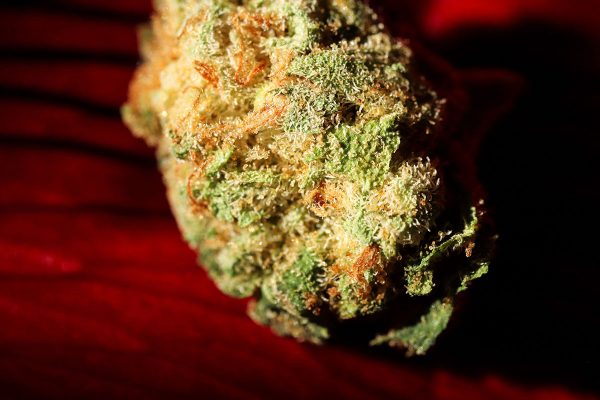
One of the unique aspects of the THCa flower is that it can be consumed raw without decarboxylation, preserving its non-psychoactive properties. Raw THCa flowers can be added to various recipes or consumed directly.
- Smoothies: This is the simplest way of including raw THCa flowers into a diet, and it won’t make one experience any psychoactive effects. The flower must be ground or blended in your drink for that nutritional boost.
- Salads or Foods: Raw THCa flowers can be sprinkled on salads or mixed into other foods to naturally introduce their health benefits into your diet.
3. Tinctures and Extracts
THCa flower can also be used to make tinctures or extracts. This method allows you to create a more concentrated form of THCa, which can be used in various ways. Tinctures are easy to dose and can be taken sublingually (under the tongue) for faster absorption.
- THCa Tinctures: Simply steep raw THCa buds in alcohol or a carrier oil like coconut oil, then strain the mixture. This tincture can be taken drop by drop, allowing for controlled dosing.
4. Edibles
While THCa flower is non-psychoactive, it can be added to edibles for those who enjoy cannabis in a discreet and delicious form. The process of decarboxylation is essential for edibles that deliver THC’s psychoactive effects, so you would need to heat the THCa flower before infusing it into food.
- Baking: You can bake THCa flowers in your favorite recipes, such as cookies or brownies, after decarboxylating them by baking the raw flowers at low temperatures. During baking, the heat will convert the THCa to THC, creating the desired effect once it’s taken in edibles.
5. Topicals
Another popular way of consuming the THCa flower is topical application in creams, balms, or lotions. Topicals only target your area affected by inflammation, pain, or muscle soreness and do not alter your mental state.
- Making Your Own: You can make your THCa-infused lotions or oils by steeping the THCa flower in a carrier oil such as coconut oil. This will enable you to target where the pain or inflammation occurs and without psychoactive effects.
Benefits of THCa Flower
THCa flower provides many benefits, primarily found in its non-psychoactive nature. Here are some of the top benefits:
1. Anti-Inflammatory Effects
One of the most well-known benefits of THCa flower is its anti-inflammatory properties. Inflammation is a natural response to injury or infection, but chronic inflammation is linked to many health issues, including arthritis, autoimmune diseases, and even cancer. THCa has shown potential in reducing inflammation, making THCa buds a valuable option for people with inflammatory conditions.
2. Neuroprotective Properties
THCa flower is also believed to have neuroprotective effects, which may help protect brain cells from damage caused by oxidative stress. This makes it a potential therapeutic option for people with neurodegenerative diseases such as Alzheimer’s and Parkinson’s disease.
3. Pain Relief
THCa has shown promise in pain relief, especially when combined with other cannabinoids and terpenes in THCa buds. The anti-inflammatory effects of THCa reduce the pain and discomfort of diseases such as arthritis, fibromyalgia, and muscle strain.
4. Appetite Stimulation
THCa flowers are mildly appetite-stimulating, making them useful for people suffering from loss of appetite resulting from medical conditions such as cancer, HIV/AIDS, or chronic illness.
5. Stress and Anxiety Reduction
THCa flowers are reported to help with stress and anxiety relief by many users. They give a calming effect without mental fogginess or paranoia associated with THC, making it a good option for people looking for natural ways to manage stress and anxiety.
Tips for Using THCa Flower
- Start Slow: If you’re new to THCa buds, start with a small amount and observe how your body responds. Since the THCa flower is non-psychoactive, it’s less likely to cause overwhelming effects, but starting slow is always better.
- Decarboxylation is Key for Edibles: If you’re making edibles, remember that THCa flower needs to be decarboxylated to convert into THC and produce psychoactive effects. Keep the temperature low when decarboxylating to preserve the cannabinoids.
- Use High-Quality Sources: Always purchase online THCa flowers from reputable sources that provide lab testing to ensure the product is free from contaminants and has accurate cannabinoid levels.
- Experiment with Different Consumption Methods: Depending on your goals, try different consumption methods (vaping, tinctures, edibles) to find the best fit for your lifestyle.
Conclusion
THCa flower offers a versatile and non-psychoactive option for those seeking the benefits of cannabis without the high. Whether you’re using it for inflammation, pain relief, stress management, or improving overall wellness, THCa buds can provide natural support. With a variety of consumption methods available—from smoking and vaping to raw consumption and edibles—THCa flower can be easily incorporated into your routine.
For those looking to purchase premium THCa buds, consider buying online THCa flowers from trusted brands that offer high-quality, lab-tested products. As cannabis research continues to expand, THCa flower is proving to be more than just a raw form of cannabis—it’s a powerful, therapeutic tool for a range of conditions.

